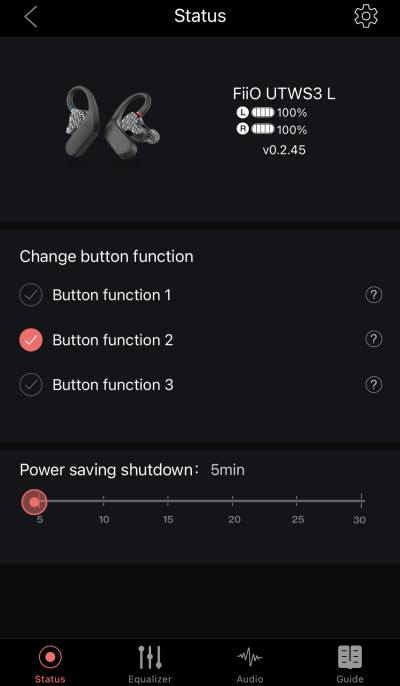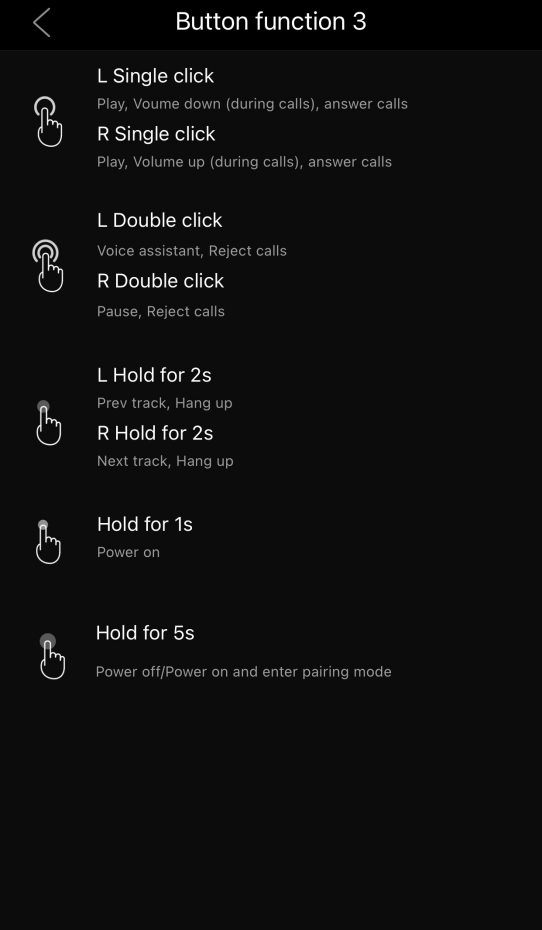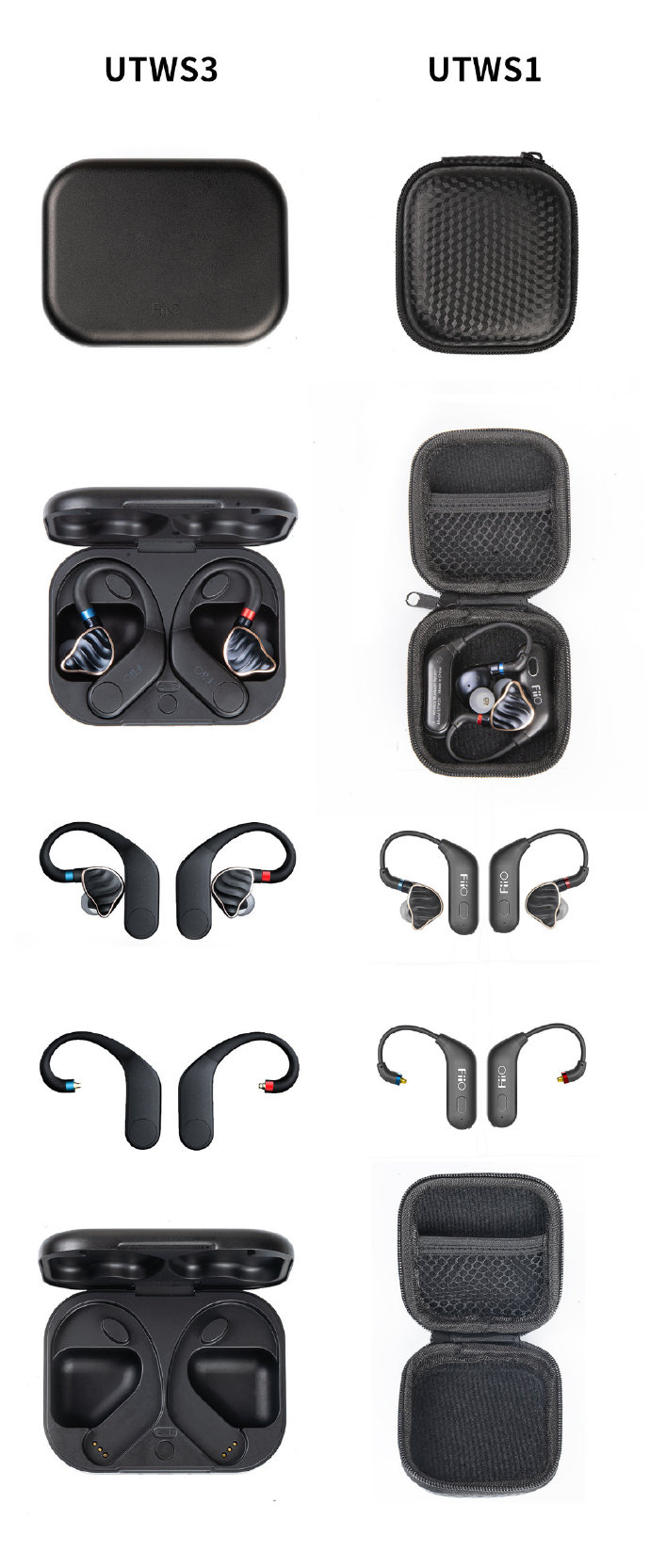Chapter 7 HiFi True Wireless Prospect
Previously when the MP3 just came to the market, it applied dozens of chips with an extremely complicated internal circuit. As time went by, the trend of integration popularized gradually. The most extreme case was that a chip undertook all the functions. However, the latter portable HiFi MP3s, started to divide from each other, using independent chips for the processor, internal storage, DAC and amp part. The most extreme case was that a DAC chip was matched by hundreds of resistors.
Now let's go back to TWS earbuds. Several years ago, I once used the earliest TWS earbuds, Samsung's Icon X which included many chips. As Airpods popularized TWS technology to a climax, the current TWS solution has evolved to a single-chip one. Even if there is only one chip in the earbuds, the truth proves that there are still many chances to separate these chips.
So when will it be the right moment to see a separating trend? As TWS products rapidly rule the market, it becomes easier for audiophiles to accept this new type of product. After all, who would like to say no to the great portability of TWS technology? The exception occurs just when some common TWS earbuds are not qualified enough to cater to these audiophiles' fastidiousness.
So what limits the sound quality of TWS? To summarize, the sound quality of TWS is roughly determined by three aspects.
1. Transmission format. At present, the ordinary Bluetooth audio transmission format has moved on to LDAC. According to the feedback from the market and users in recent years, specifications of high bit rate, high sampling rate/high bit depth represented by LDAC are not a bottleneck anymore. After all, CD formats can only go to 44.1KHz/16Bit.
Currently, TWS only supports aptX. For the better-quality LHDC, it has not yet been tested when being applied to TWS products. And it is left aside by most of the products in the market. But at least we can know that this codec has a great chance to be carried on TWS in the future.
2. Acoustic part (the driver, cavity design, etc.). Traditional TWS products, whether it is a single driver, 1 balanced armature+1 dynamic driver, or 2 balanced armature+1 dynamic driver earphones, have relatively small cavity compared to HiFi class earphones due to their size design. The diameter of most dynamic drivers is 6mm. So there will be sound quality differences. However, things have changed since the emergence of TWS earhooks like the UTWS3. At this time, all the limitations were gone. As long as the connectors of the earphones are MMCX or standard 0.78mm, they can be connected to the UTWS3, immediately turning into TWS earphones.
3. Circuit part (Bluetooth receiving processing, digital signal processing, digital-to-analog conversion (DA) analog amplifier circuit, etc.). For most general TWS products, an integrated chip takes the responsibility for all the functions of this part. While for the UTWS3, there are two independent chips instead of one: the QCC 3020 is responsible for Bluetooth reception, signal processing and DA conversion, while the other chip with better performance is for the single-end of the analog amplifier circuit.
Of course, the circuit part has more room for development. In the future, there will probably be independent DAC chips for the DAC part. So will the Bluetooth receiving processing, digital signal processing (DSP or FPGA or dedicated chips), DA conversion, and analog amplification parts. In this way, there will not be much difference between earbuds and current HIFI players, except the driven capacity that is limited by power consumption and battery of the TWS products.
In conclusion, the UTWS1 has kicked out 2 limitations while the UTWS3 has further kicked out the third in addition to the 2. I hope that with the advancement of technology, by the time that the UTWS9 comes to the world, it will be such a true wireless earhook: at least supporting the high-definition Bluetooth codec LDAC without any acoustic restrictions, and using a high-performance independent DAC chip and amp chip.
Let's work hard together and look forward to it!



































